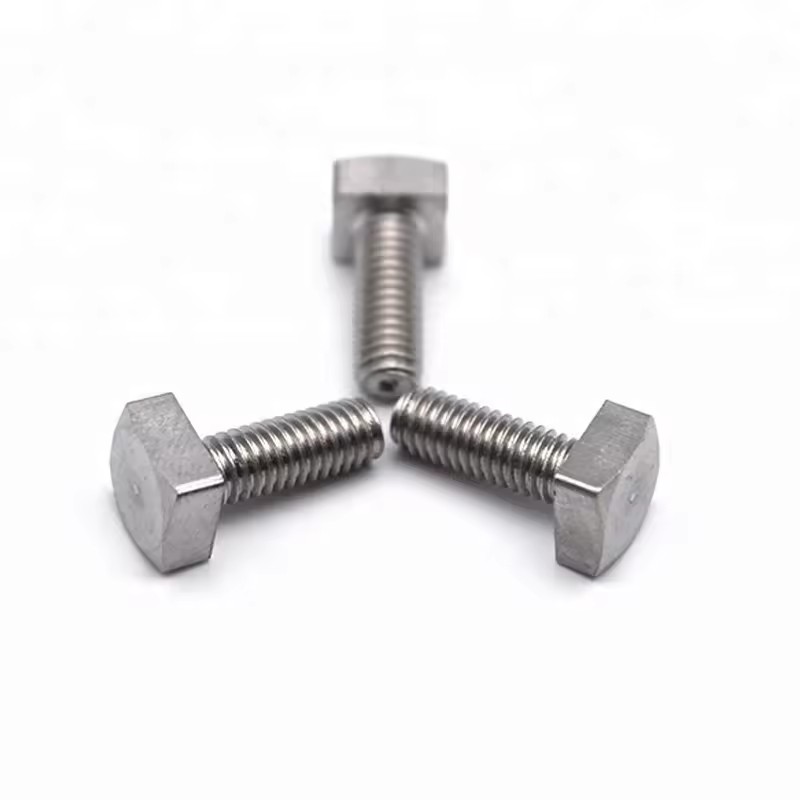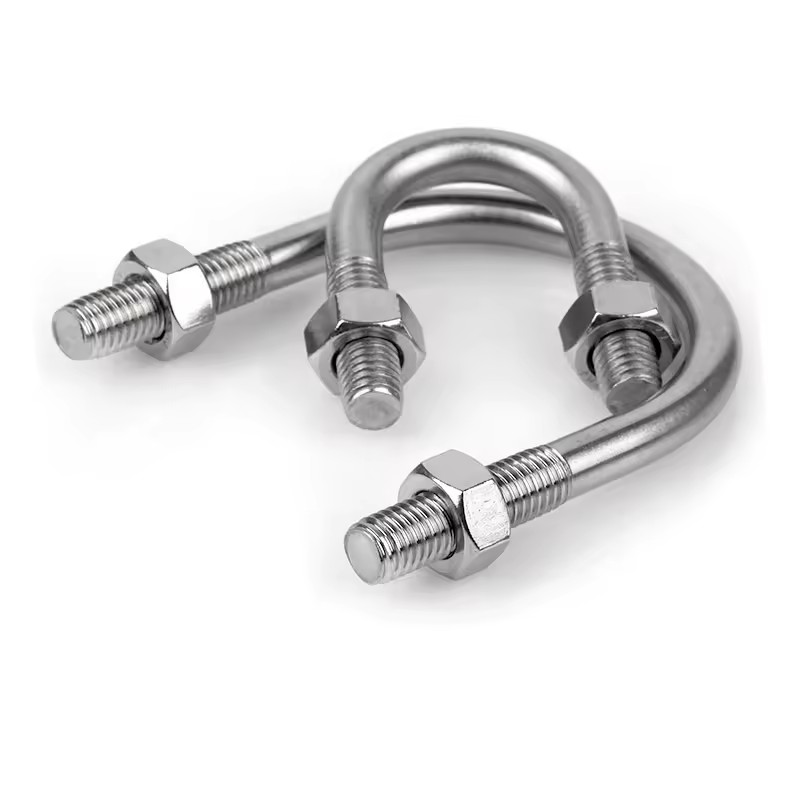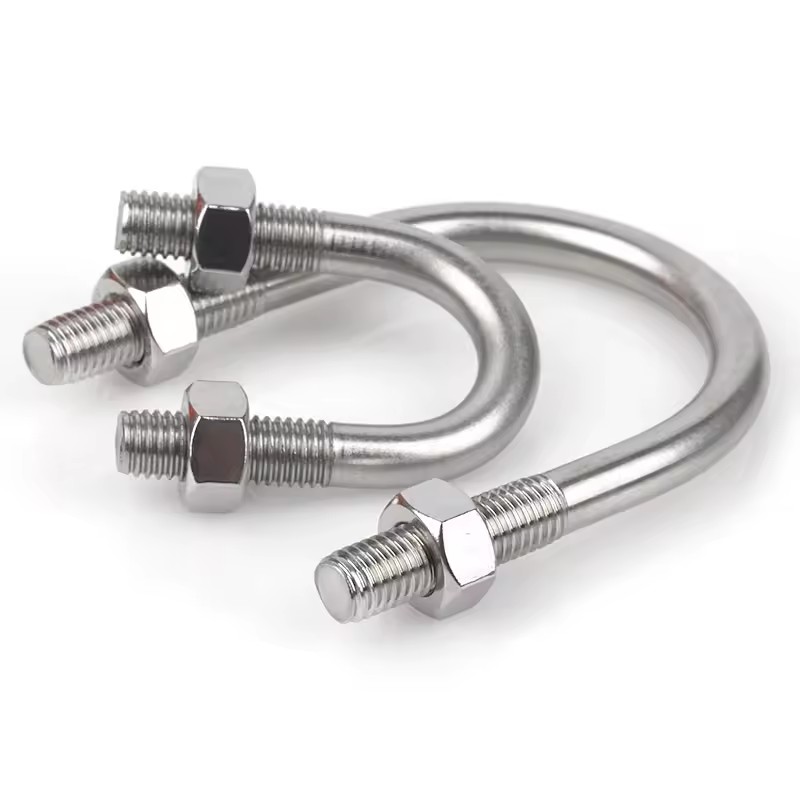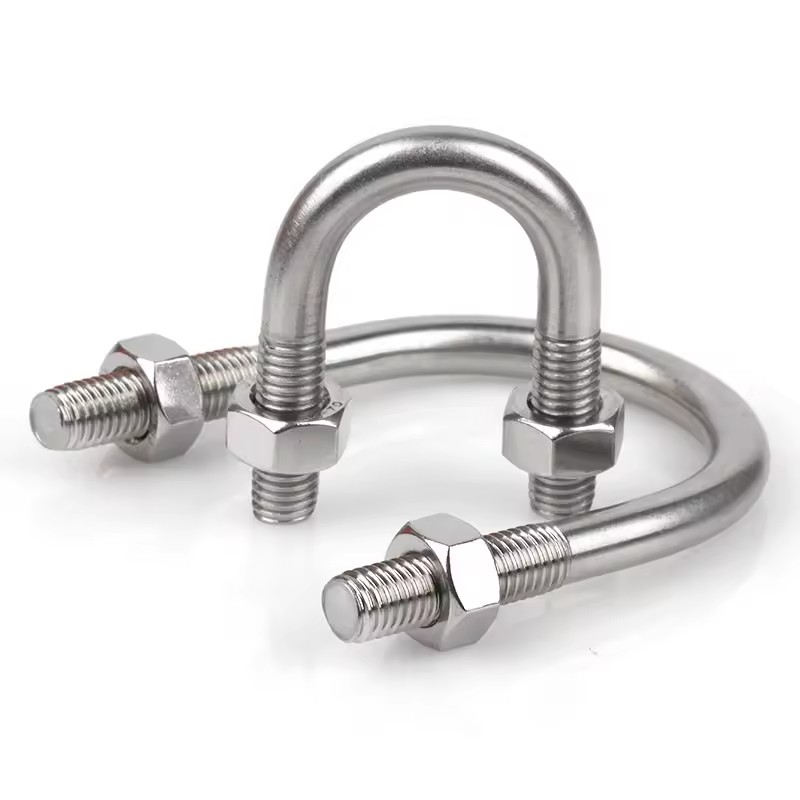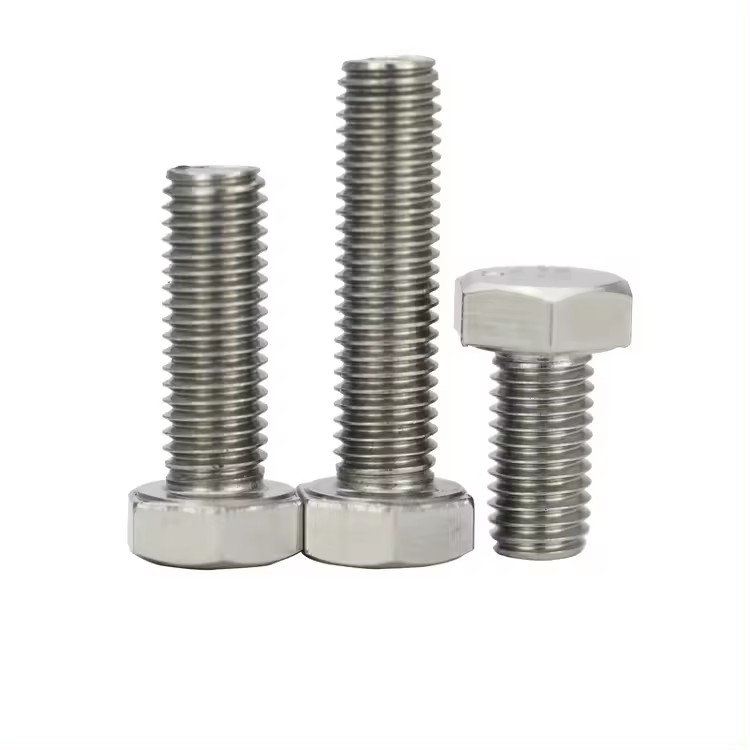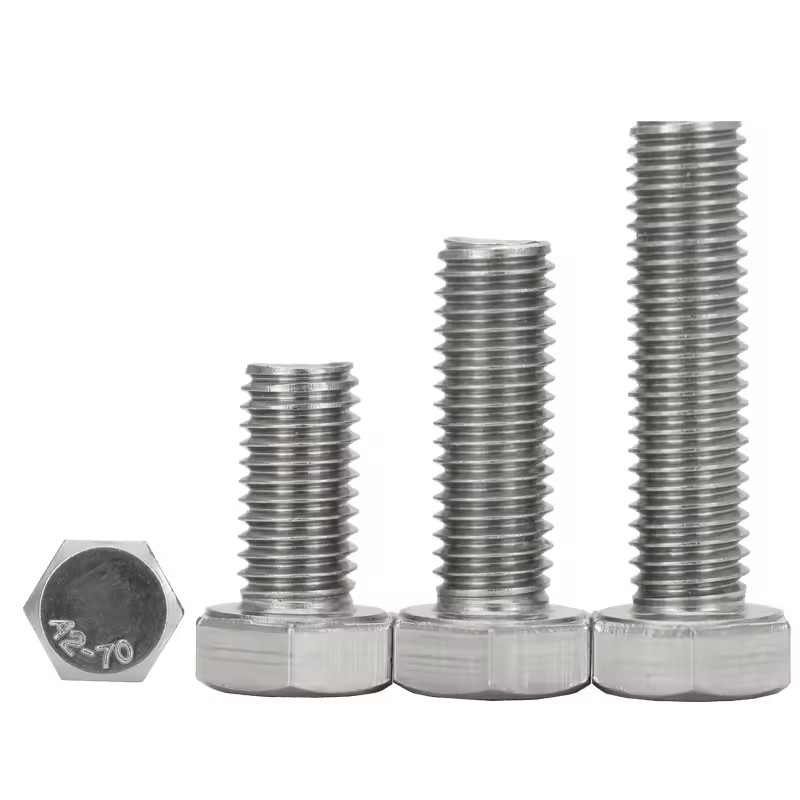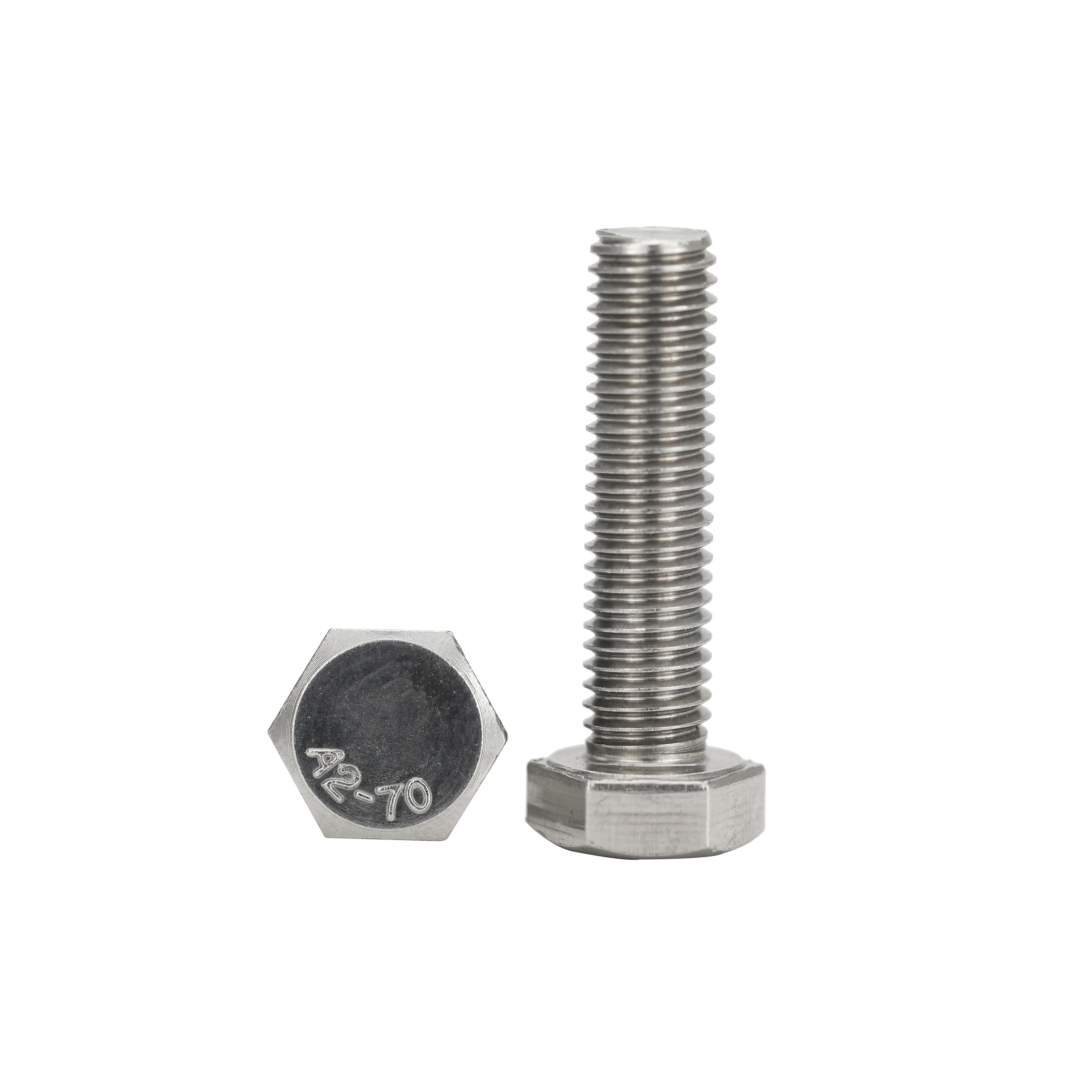Installing and removing stainless steel screws effectively requires a blend of appropriate tools, careful techniques, and understanding of the material's properties. Stainless steel screws are prized for their exceptional corrosion resistance and durability, making them ideal for a wide range of applications where exposure to moisture, chemicals, or harsh environmental conditions is common. Unlike regular steel screws, which are susceptible to rusting and degradation in such environments, stainless steel screws maintain their integrity over time, reducing maintenance costs and ensuring reliable performance.
When it comes to installing stainless steel screws, the choice of tools is crucial. A drill/driver equipped with adjustable torque settings is recommended to prevent over-tightening, which could potentially damage the screw or the material it's embedded in. Using high-quality screwdriver bits or drivers that fit precisely into the screw heads minimizes the risk of slipping and stripping the screws, which is particularly important given stainless steel's hardness compared to softer materials.
For applications where precision is paramount, manual screwdrivers provide greater control over the tightening process, ensuring screws are securely fastened without risking overtightening. Impact drivers can be employed for driving screws into tougher materials or when higher torque is necessary, but caution should be exercised to avoid applying excessive force that might compromise the screw's integrity.
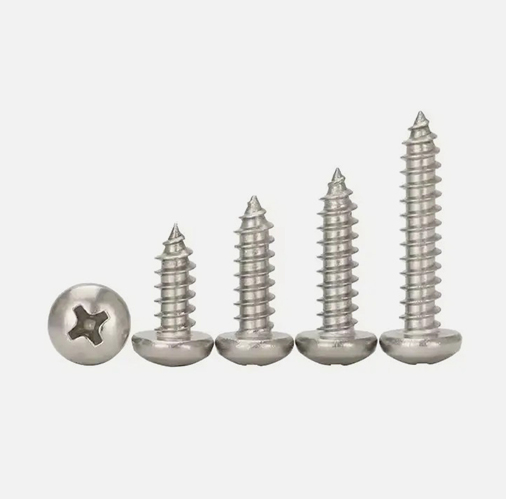
Pre-drilling pilot holes is essential when installing both machine thread and self-tapping stainless steel screws. This preparatory step helps prevent the material from splitting or cracking, especially in hardwoods or metal surfaces. Choosing a drill bit slightly smaller than the screw diameter ensures a snug fit, facilitating smooth insertion without causing undue stress on the screw or the surrounding material.
Moreover, applying a small amount of lubricant or anti-seize compound to the screw threads before installation can ease the process and mitigate the risk of galling, a phenomenon where the screw and the material seize together due to friction under pressure. This precaution is particularly beneficial when dealing with larger screws or when fastening into metal substrates where friction and heat buildup are more pronounced.
When it comes to removing stainless steel screws, ensuring the drill/driver is set to reverse helps prevent stripping of the screw heads. It's advisable to use screwdriver bits that fit snugly into the screw heads to maximize grip and minimize the likelihood of slippage. Applying steady, controlled force during removal reduces the risk of damaging the screw threads or the surrounding material, prolonging the screws' lifespan and maintaining structural integrity.
While stainless steel screws offer unparalleled advantages in terms of corrosion resistance and longevity, their proper installation and removal require careful consideration of tools and techniques. By using suitable tools like adjustable torque drill/drivers, appropriate screwdriver bits, and implementing preparatory steps such as pre-drilling and lubrication, users can ensure safe and effective handling of stainless steel screws in various applications. These practices not only enhance operational efficiency but also contribute to maintaining the structural integrity of installations over time, making stainless steel screws a preferred choice for demanding environments where reliability and performance are paramount.




